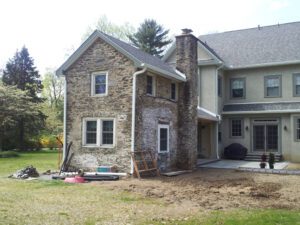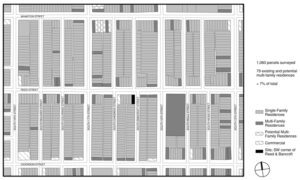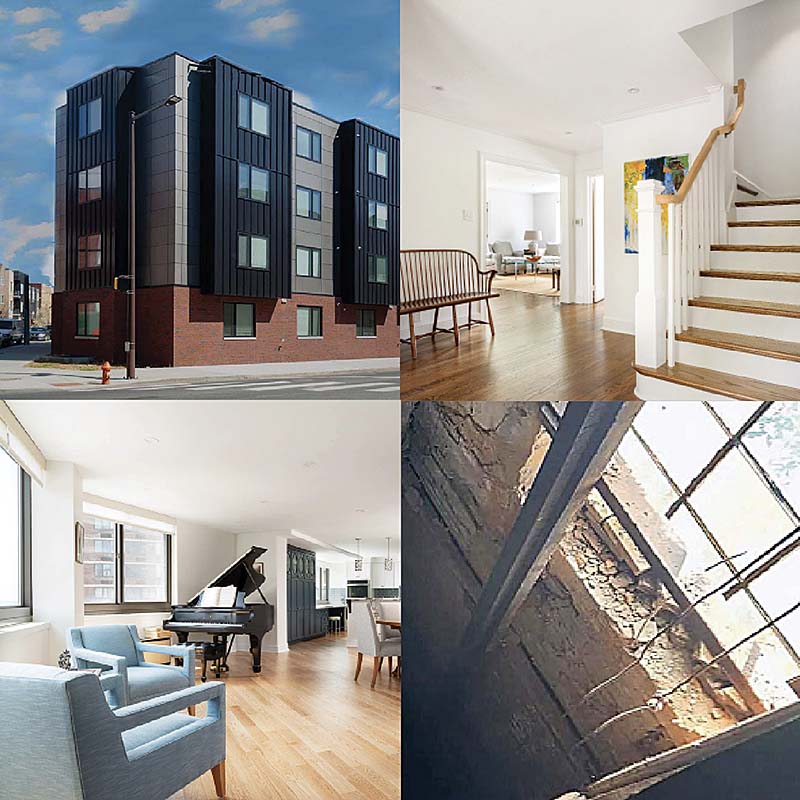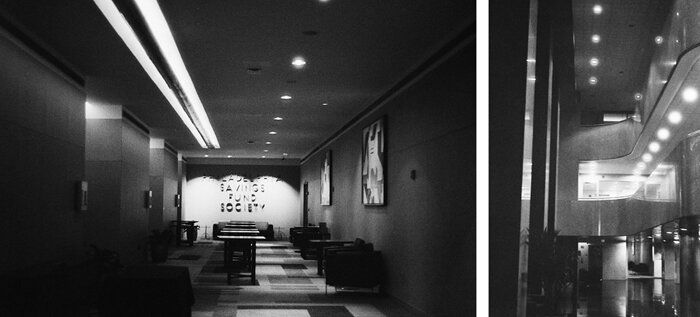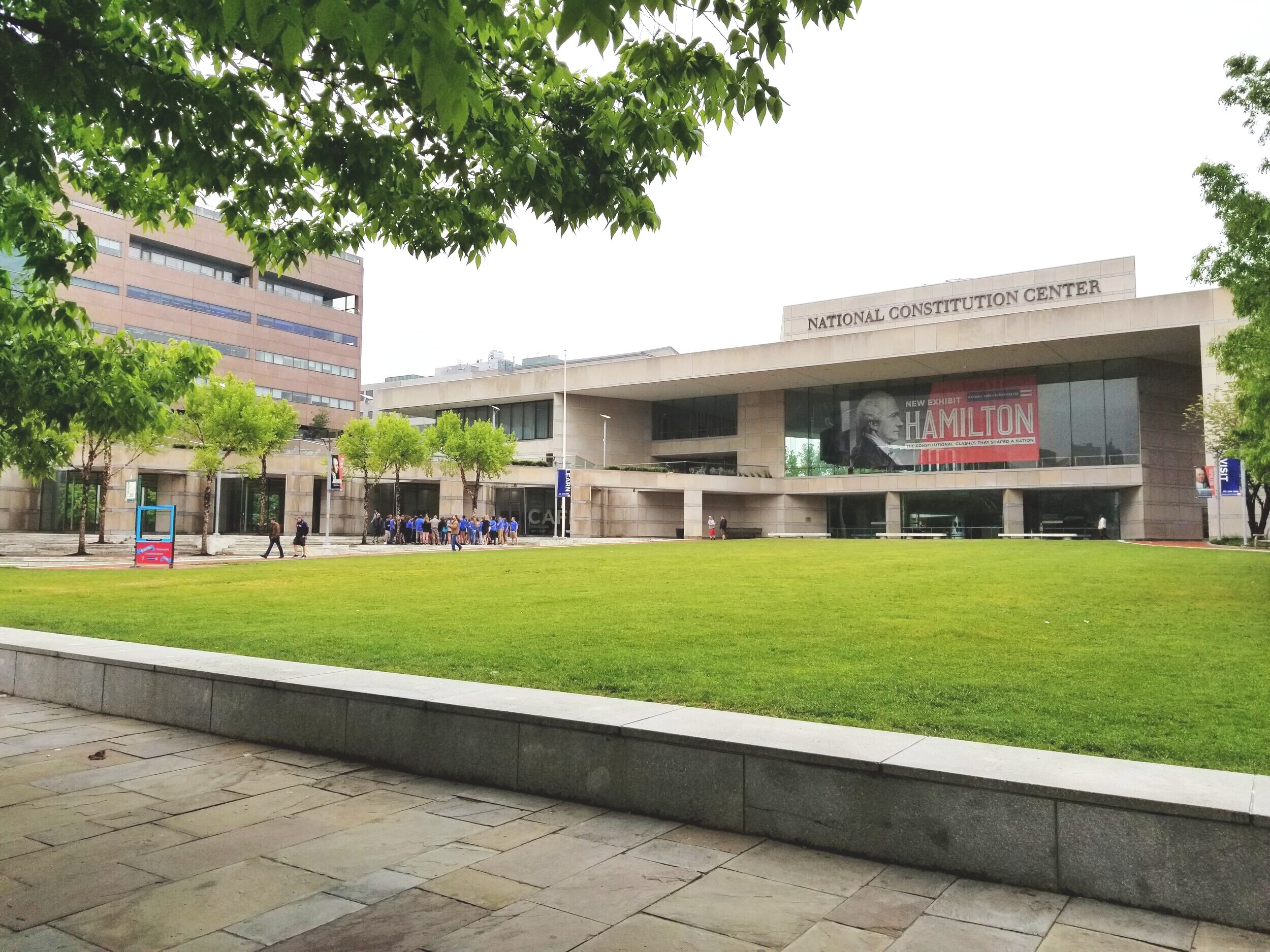Concrete is a part of nearly every building we build. At the very least, its natural resistance to decay due to water makes it a part of most foundations and basements. However, there are many misconceptions about concrete.
#1: Concrete and cement are two words for the same thing.
Cement (sometimes called Portland cement after its birthplace) is the gray, flourlike powder found in concrete. It is made of four principal ingredients: lime, iron, silica, and alumina. The source for these ingredients depends on where the cement is produced, but it may include limestone, marble, seashells, clay, shale, iron slag, flue dust, chalk, sand, or other minerals. The ingredients are crushed, carefully blended, and fired in a kiln at roughly 3000° F. The material is then crushed into the fine powder we know as cement. Different porportions of the various ingredients produce cement with different properties.
Concrete, then, is cement mixed with aggregate and water. Aggregate is a mixture of stone, gravel, and sand. The size of the aggregate depends on how the concrete will be used. The cement and water mix to form a paste that holds the aggregate together, and the finished product is called concrete.
#2: When you mix concrete, you just add water until it’s wet enough to pour into the forms, right?
Wrong. Mixing concrete is not like mixing salad dressing, where you can just eye it up. It’s more like baking. The ingredients must be properly selected and carefully measured, and the proportions are very important. For example, the proprtion of water to cement, in most cases, should be no more than 2:3. If there is too much water, the resulting concrete will be weak and will have poor surface qualities. If there is not enough water, the concrete will be hard to work into place.
#3: Once the concrete is poured, you can just leave it to dry, or, better yet, blow some fans on it to help it dry faster.
This is a common misconception about concrete. What is happening to concrete after it is poured is not drying, it is curing. The water and cement begin a chemical reaction, during which the cement binds to the aggregate while releasing heat. This process starts quickly and continues for a very long time, but the concrete has reached most of its final strength after 28 days. During the early part of this process, it’s important to actually keep the water in so that the chemical reaction can take place. This can be achieved by covering the concrete with plastic or wet burlap, by shading it, and by protecting it from wind.
For large surface areas like sidewalks, the concrete needs to be watered in order to keep the surface from drying out before the cement has had time to fully cure. If it dries too quickly, the surface of the concrete will be weak, and will be subject to spalling. Spalling happens when a weak surface layer of concrete allows water to infiltrate. The water freezes and breaks up the surface of the concrete.
Hopefully this clears up some common misconceptions about concrete. For more information, you can check out some of the many concrete-industry websites, such as http://www.concrete.com.

